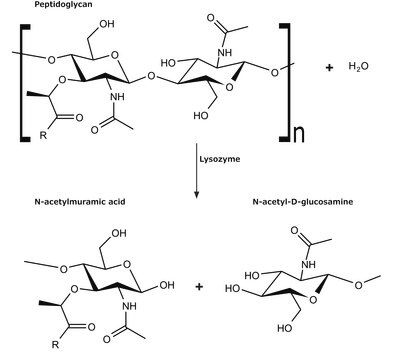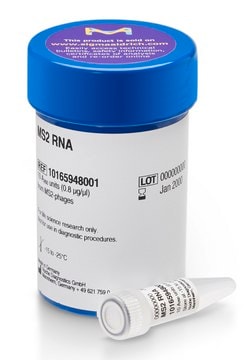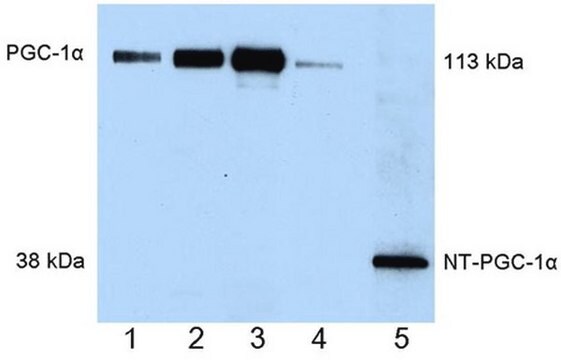MABE56
Anti-pan Ago Antibody, clone 2A8
clone 2A8, from mouse
Synonym(s):
eukaryotic translation initiation factor 2C, 2, protein argonaute-2, argonaute 2, Protein slicer, argonaute2, PAZ Piwi domain protein, Eukaryotic translation initiation factor 2C, Argonaute2, Argonaute4, Ago4, Protein argonaute-4
About This Item
Recommended Products
biological source
mouse
Quality Level
antibody form
purified immunoglobulin
antibody product type
primary antibodies
clone
2A8, monoclonal
species reactivity
human
packaging
antibody small pack of 25 μg
technique(s)
immunocytochemistry: suitable
immunohistochemistry: suitable
immunoprecipitation (IP): suitable
western blot: suitable
isotype
IgG1κ
NCBI accession no.
UniProt accession no.
shipped in
ambient
storage temp.
2-8°C
target post-translational modification
unmodified
Gene Information
human ... AGO1(26523)
General description
Immunogen
Application
Immunocytochemistry Analysis: A representative lot was used by an independent laboratory in IC. (Nelson, P., et al. (2007). RNA. 13:1787–1792.)
Immunohistochemistry Analysis: A representative lot was used by an independent laboratory in IH. (Nelson, P., et al. (2007). RNA. 13:1787–1792.)
Epigenetics & Nuclear Function
Transcription Factors
RNA Metabolism & Binding Proteins
Quality
Western Blot Analysis: 0.5 µg/mL of this antibody detected Ago on 10 µg of HeLa cell lysate.
Target description
Note that this antibody has been reported to cross-react with radixin (~70 kDa). (Nelson, P., et al. (2007). RNA. 13:1787–1792.)
Physical form
Storage and Stability
Analysis Note
HeLa cell lysate
Other Notes
Disclaimer
Not finding the right product?
Try our Product Selector Tool.
recommended
Storage Class Code
12 - Non Combustible Liquids
WGK
WGK 1
Flash Point(F)
Not applicable
Flash Point(C)
Not applicable
Certificates of Analysis (COA)
Search for Certificates of Analysis (COA) by entering the products Lot/Batch Number. Lot and Batch Numbers can be found on a product’s label following the words ‘Lot’ or ‘Batch’.
Already Own This Product?
Find documentation for the products that you have recently purchased in the Document Library.
Our team of scientists has experience in all areas of research including Life Science, Material Science, Chemical Synthesis, Chromatography, Analytical and many others.
Contact Technical Service







